Sierra Mist and Starry are part of a long lineage
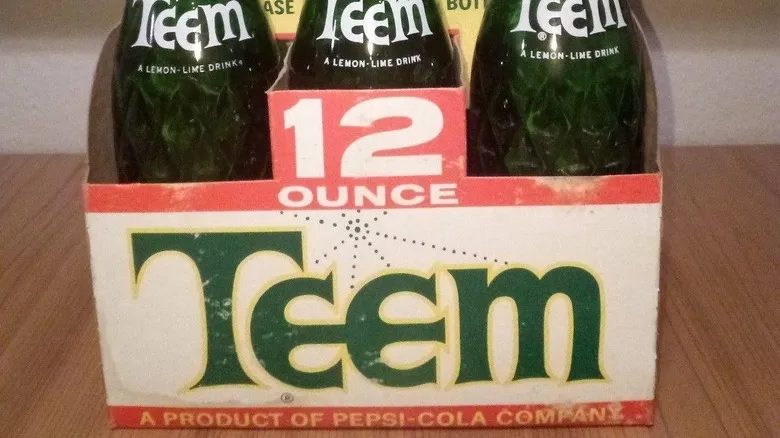
Sierra Mist has always seemed like the outlier in the soda industry. Its name appears to be a clear play on Mountain Dew, yet its taste was unmistakably aimed at rivaling Sprite. After witnessing a steady decline in sales for years, it was no surprise when PepsiCo decided to retire Sierra Mist, especially since Starry generated more revenue in its first year than Sierra Mist did in the last four years combined (as reported by Axios). However, before placing too much emphasis on Starry's achievements, it's worth noting that Sierra Mist once found itself in a similar situation.
Sierra Mist wasn't PepsiCo's inaugural lemon-lime soda. The company first tried to capture the market in the 1960s with Teem, which was discontinued in the '80s and succeeded by Slice, a drink that combined lemon-lime with other flavors. Slice had a brief run, and in the late '90s, PepsiCo attempted to introduce a caffeinated lemon-lime soda called Storm, which never made it beyond the testing stage. Sierra Mist emerged in 1999, utilizing the Storm recipe but without the caffeine, though it never became a major hit. In 2015, PepsiCo rebranded Sierra Mist as Mist Twist, only to revert to the original name before ultimately discontinuing it to make way for Starry.
From Teem to Starry, each of these soft drinks has aimed for the same goal: to outshine Sprite, the reigning champion of the lemon-lime soda market. PepsiCo continues to experiment with its lemon-lime offerings, but aside from the branding and advertising, do any of them truly stand out?
Is Starry really that different from Sierra Mist?

Starry's marketing strategy focuses on standing out from the crowd. The Super Bowl LVIII advertisement featuring Ice Spice carried the tagline "It's time to see other sodas." But does Starry truly differentiate itself? Public opinion is divided; some reviews commend it as a genuinely distinct entry in the lemon-lime category, while others find little to no difference between Starry and Sierra Mist.
In taste tests conducted by Allrecipes and The Spokesman-Review, Starry was preferred over Sierra Mist for its more pronounced citrus flavor and less overwhelming sweetness. Conversely, a similar test by Delish revealed that tasters struggled to identify significant differences between the two sodas, noting they "had to go back for several sips to discern the distinctions." Their team could not agree on which soda was superior, although they did concur that Starry appeared to be less sweet.
Both drinks contain nearly identical ingredients, with one notable exception. Sierra Mist is sweetened with cane sugar, while Starry follows the trend set by Sprite and other sodas by using high-fructose corn syrup. This corn syrup has a more neutral taste compared to cane sugar, which may account for the perception of Starry being less sweet. Interestingly, Starry actually has a higher sugar content per serving than Sierra Mist. Additionally, Starry contains slightly more citric acid, aiming for a bolder citrus flavor than its predecessor.
Recommended
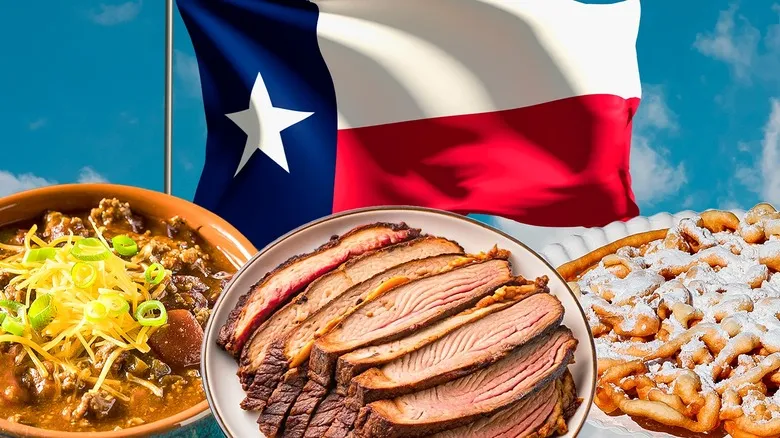
14 Iconic Texas Foods You Must Try At Least Once
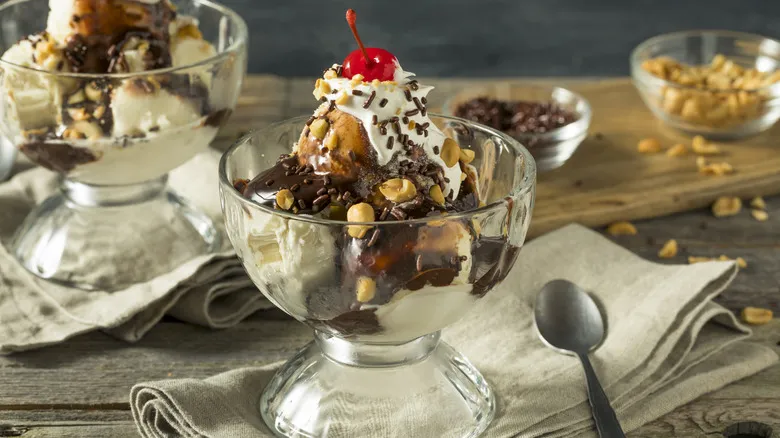
Ice Cream Sundaes Were Invented Because Of A Bizarre Law
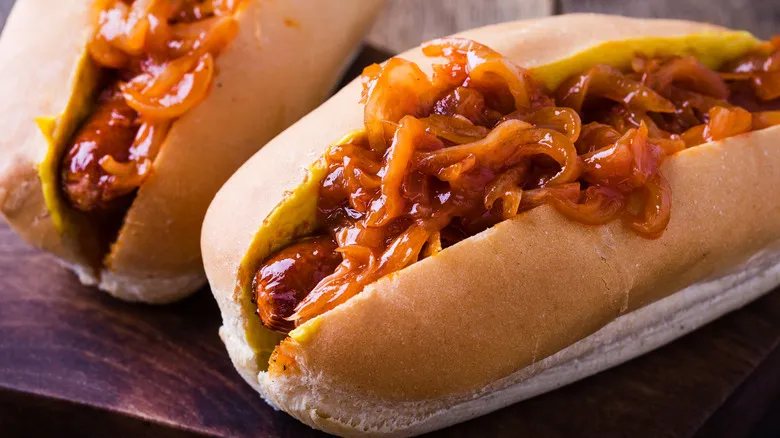
What Are 'Dirty Water' Hot Dogs?
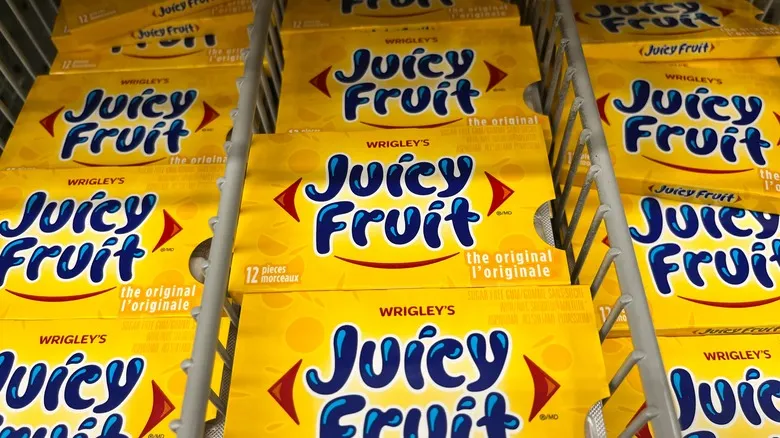
Juicy Fruit Gum Existed During The Gilded Age
Next up

